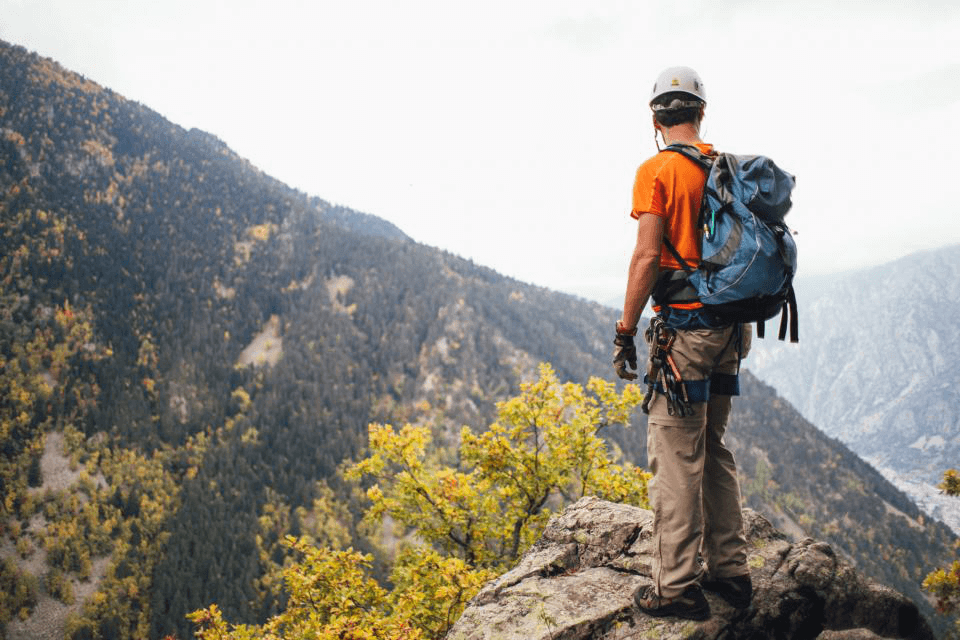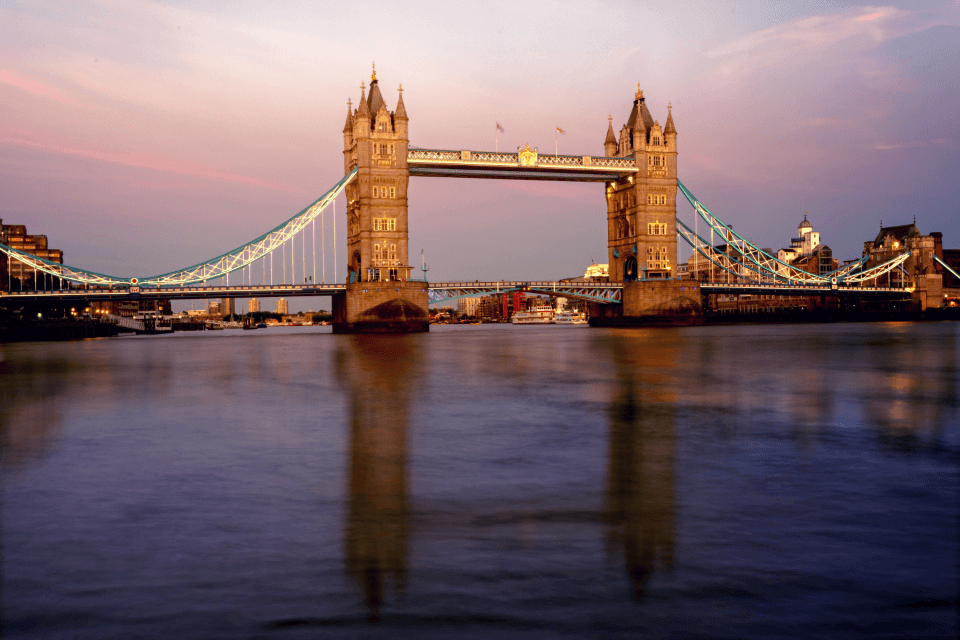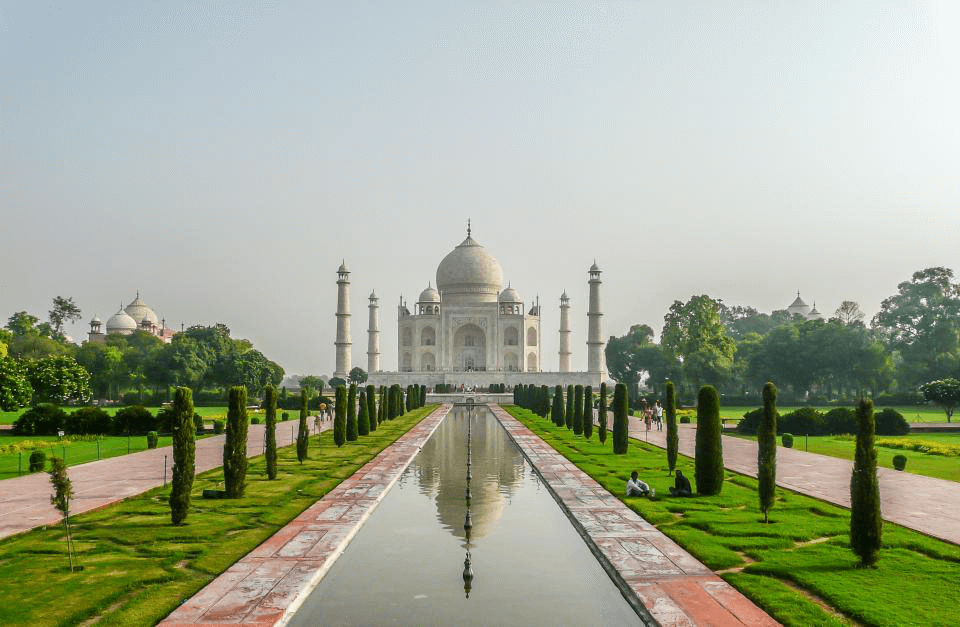
An Introduction: Why Timing Matters at Chilika
Like much of Odisha, Chilika Lake is more than a destination—it’s a mood that changes with the seasons. Plan your journey with care, and Chilika gifts you flaming skies at sunset, the haunting call of migratory birds, and the laughter of friendly fishermen. Arrive at the wrong time, and you might find yourself staring into stormy waters alone—still beautiful, but perhaps a little wild for comfort.
Understanding Chilika’s Seasons
Winter Wonders: Birds & Breezes (Nov–Feb)
Ask any villager and they’ll tell you: Ei samayare Chilika sundara! (“Chilika is beautiful in this season!”) With temperatures between 15–25°C, the breeze stays gentle and the air is alive with birdsong. Lakhs of migratory birds—flamingos, wigeons, pintails—descend on Nalabana Island and Mangalajodi. Local boatman Sukant says, “Amaku ei somaye pakhira mela laguchhi—puri asuru loka asanti Sudhura dekhiba paain!” (“For us, this time brings a festival of birds—people from faraway Puri come just to witness it.”)
It’s also the best window for dolphin spotting near Satapada and for boat rides. Sunsets here are legendary—whole villages pause to watch the lake blush gold.
Summer Quietude: Shimmer & Sweat (Mar–June)
Summer at Chilika is a different world. Fewer tourists means quieter mornings, and you’ll find the best deals on rooms. But be warned: midday heat can soar above 38°C. Locals nap under banyan trees and advise, “Jhia, bela madhyaw re jau nahi!” (“Child, don’t go out in the midday!”)
Still, if you rise early, you’ll catch cool breezes and shy wildlife. Local fruit stalls burst with mangoes and jamun—perfect for a pre-noon snack!
Monsoon Moods: Wild Waters (July–Sept)
When the monsoons arrive, Chilika transforms into a moody, rain-drenched expanse. The waters swell, the sky churns, and most honest boatmen will warn you off. “Ei samayare, pani bhari jauchi. Jana snana kari midiba!” (“At this time, the water overflows. Don’t take the risk of a swim!”) Activities are limited, roads can flood, and you may miss out on boat rides or birdwatching. But for those who love green landscapes and thundering clouds, monsoon Chilika feels like a private secret.
Beyond the Ordinary: Real Insights from Locals
Tourists come for the birds and dolphins, but Chilika’s magic is also in the stories. There’s the legend of Kalijai, the lake’s guardian goddess, whose island temple hosts Odia families praying for safe journeys. Fishermen in Barkul laugh and swap tales of “dancing dolphins” appearing whenever a storm passes.
Many families here have lived off Chilika’s bounty for generations. If you get talking, someone may show you their hand-made fishing nets (“Jali”—ଜାଲି) or even teach you how to say thank you in Odia: Dhanyabaad (ଧନ୍ୟବାଦ).
Festival Spirit and Odia Flavor
Local Food You Can’t Miss
Don’t leave without tasting Chilika’s legendary seafood! At rustic dhabas or the famed “Chilika Dhaba” near Balugaon, try chili crab curry (“kani tarkari”—କନି ତରକାରି), prawn masala, or the comfort of a simple fish thali. Vegetarian? Dalma (ଡାଲମା—lentils with vegetables) and freshly made paneer dishes will satisfy.
Ask for “maachha tarkari” (ମାଛୟ ତରକାରି) and watch the chef’s eyes light up.
Festivals Lighting Up Chilika
Winter brings not just birds but festivals! Every January, the Chilika Bird Festival draws wildlife photographers and nature lovers from across India. Villagers participate in folk dances, local crafts, and food fairs. There’s even a “Bird Art” contest for schoolchildren. Don’t miss the Kalijai Mela in January, blending devotion with music on the lake’s islands.
Birdwatching and Dolphin Spotting: A Primer
The best time to see migratory birds is between November and February, at sunrise. Mangalajodi, on the lake’s northern shores, is the top spot—bring binoculars! For Irrawaddy dolphin sightings, board a government-registered boat at Satapada. Locals swear by early morning or late afternoon slots.
A trick locals use: Listen for the chorus of “Chilika bhela-pakhi” (lake birds)—that’s where the action is.
What No One Tells You: Hidden Gems Around Chilika
- Breakfast Island: A tiny, tranquil islet famed for its morning mists.
- Beacon Island: Home to a historic lighthouse and rarely visited by tourists.
- Mangalajodi Wetlands: A paradise for hardcore birders, far from the crowds.
- Honeymoon Island: Ask fishermen; they’ll guide you here for a fee. Secluded and poetic, especially in winter.
- Fishing villages: Visit local settlements to witness the traditional net-making process and hear stories from the elders.
Odia Phrase to Know When Visiting
Phrase: “ମୁଁ ଦୟାକରି ଏକ ନୌକା ଭଡ଼ା କରିପାରିବି କି?”
Pronunciation: “Mu dayakari eka nauka bhada kariparibi ki?”
Meaning: “Can I kindly rent a boat?”
Real Travel Tip from Locals
“Always take an OTDC or government-approved boat. Private ones sometimes say ‘we’ll take you to see 100 dolphins’—but mostly, it’s just a longer (and pricier) ride!” says Amit, a regular boatman at Satapada.
No one tells you: visit on weekdays for the calmest lake and friendliest guides.
Warning! What to Avoid in Off-Season
- Monsoon boating risks: Strong currents, sudden storms—many boatmen refuse to sail for good reason.
- Festival crowds: During Chilika Mela or Bird Festival, rooms fill up. Book early.
- Peak summer heat: Sightseeing after 11am is no fun; hydrate well.
- Unregistered guides: Some offer “secret” dolphin spots but can overcharge newcomers.
FAQs
1. What’s the absolute best month to visit Chilika Lake?
Most locals and regular visitors agree—January is magical, thanks to peak bird arrivals, pleasant weather, and vibrant festivals.
2. Can I see both birds and dolphins on the same trip?
Absolutely! Between November and February, birds flock to Mangalajodi, and dolphins welcome you at Satapada. Local boats can help you time it right.
3. Is it safe to visit Chilika during the monsoon?
It’s not recommended. Heavy rain makesthe water rough and boat rides risky. Wait till October when the lake calms.
4. What local dish should I try if I’m a vegetarian?
Try “Dalma”—a wholesome lentil and vegetable stew—served at most local dhabas. Add fresh rice for a true Odia touch.
5. How to greet someone in Odia at Chilika?
Say “ନମସ୍କାର!”—Namaskar! with a smile. Locals love it, and you might just get a secret fishing tip in return!
Conclusion: Come with Heart, Not a Checklist
Chilika is an experience of sound and silence, flavor and folklore, birds and boats. Listen to the wind ruffle the reeds, share a meal with a stranger, and dare to let the seasons surprise you. The lake’s timeless rhythm won’t be found in any checklist.
Plan your visit to Chilika with your heart, not just a checklist.



